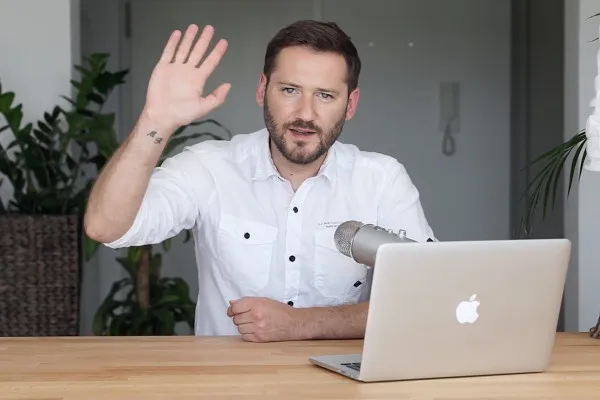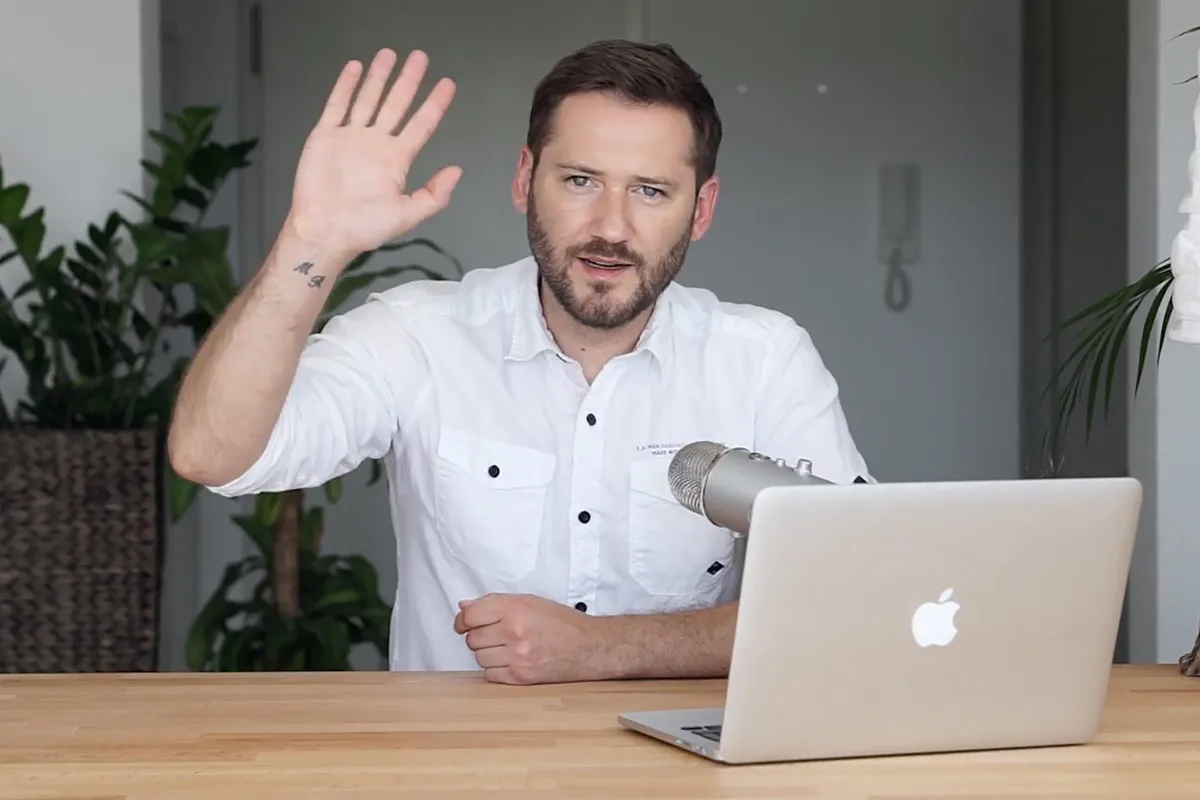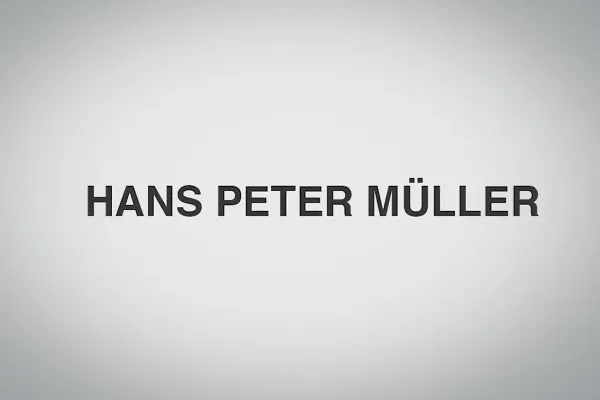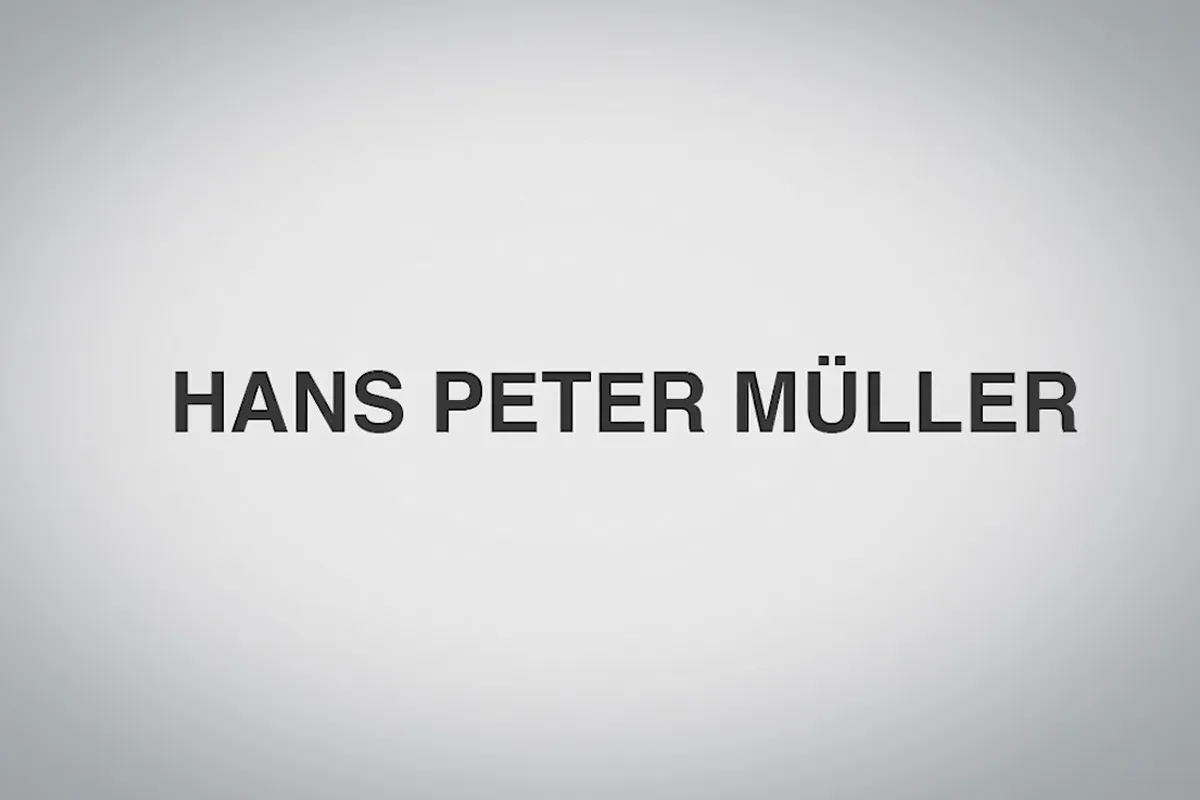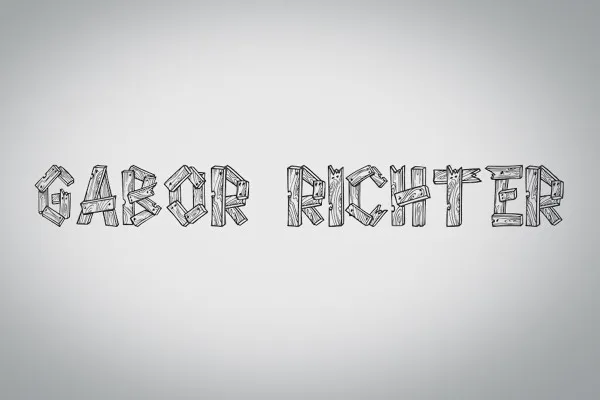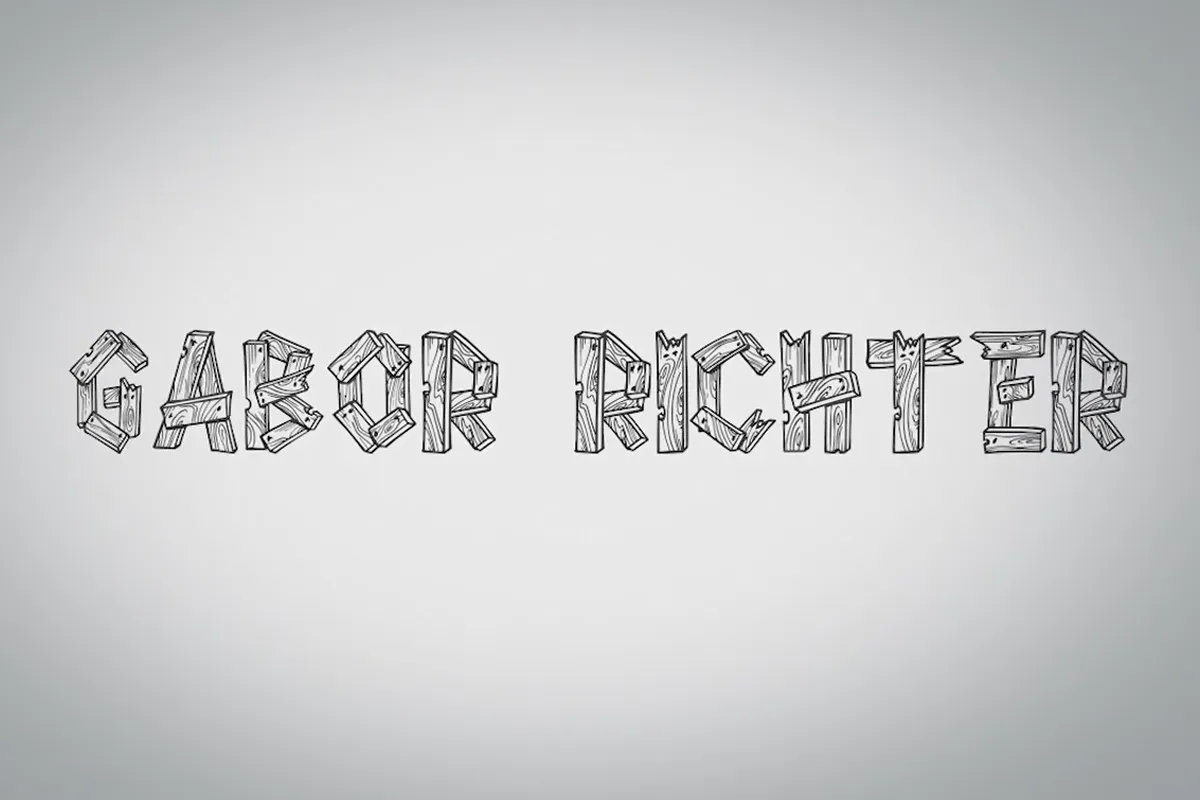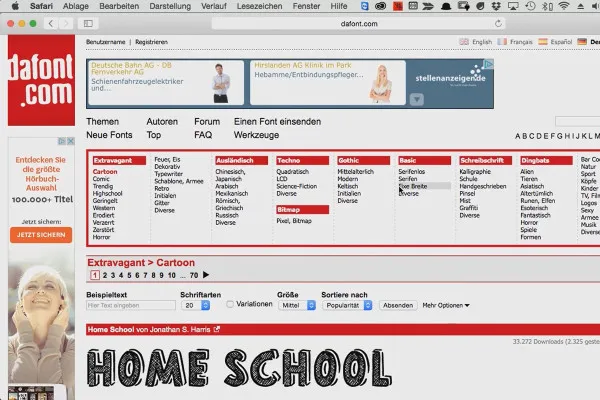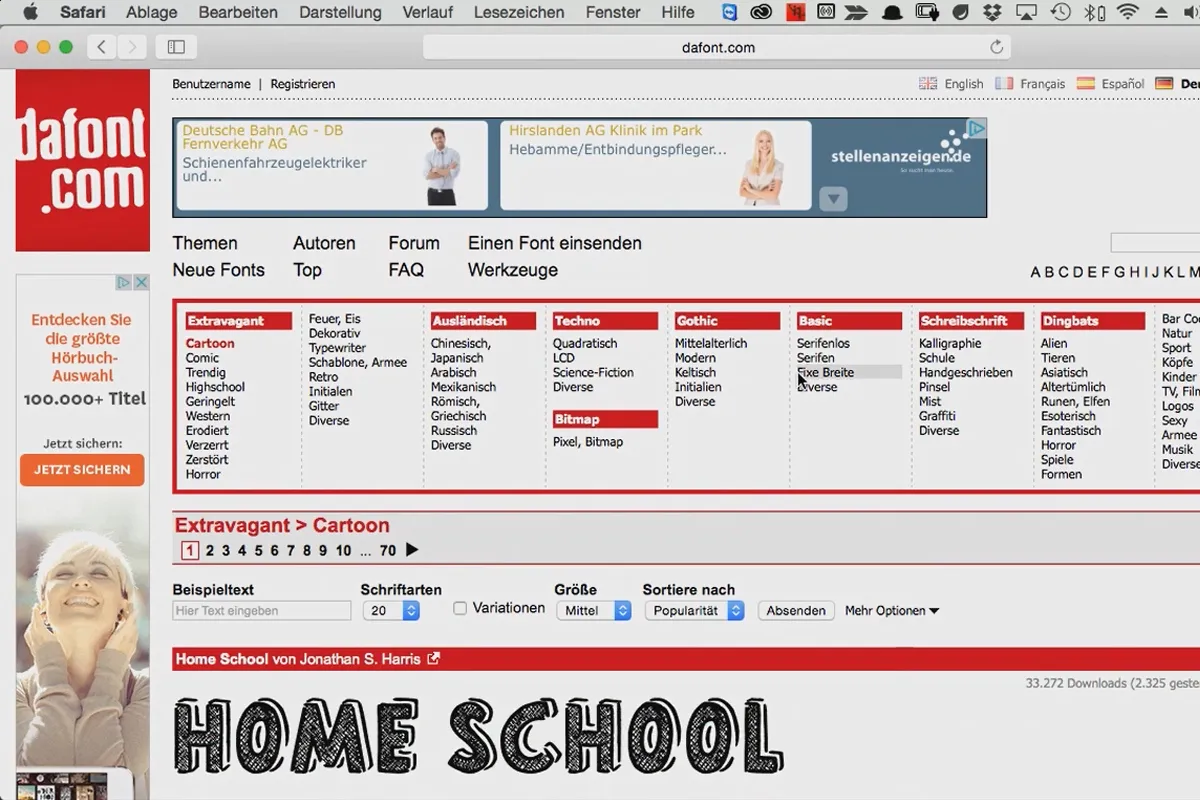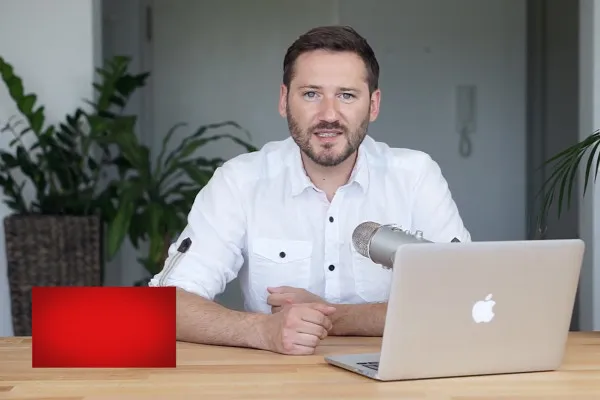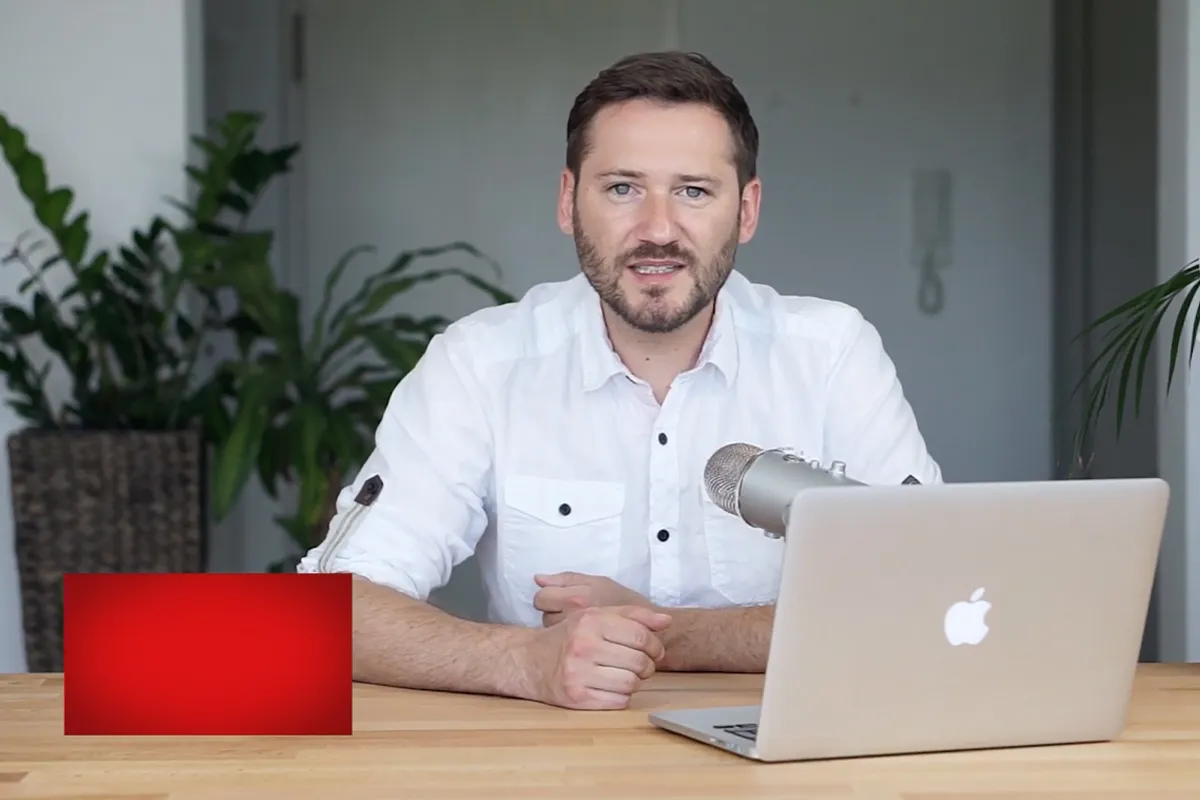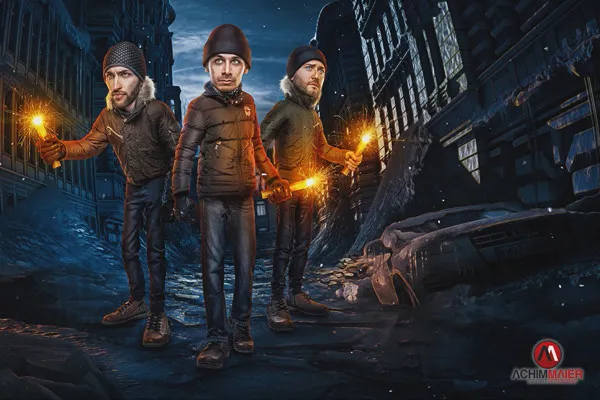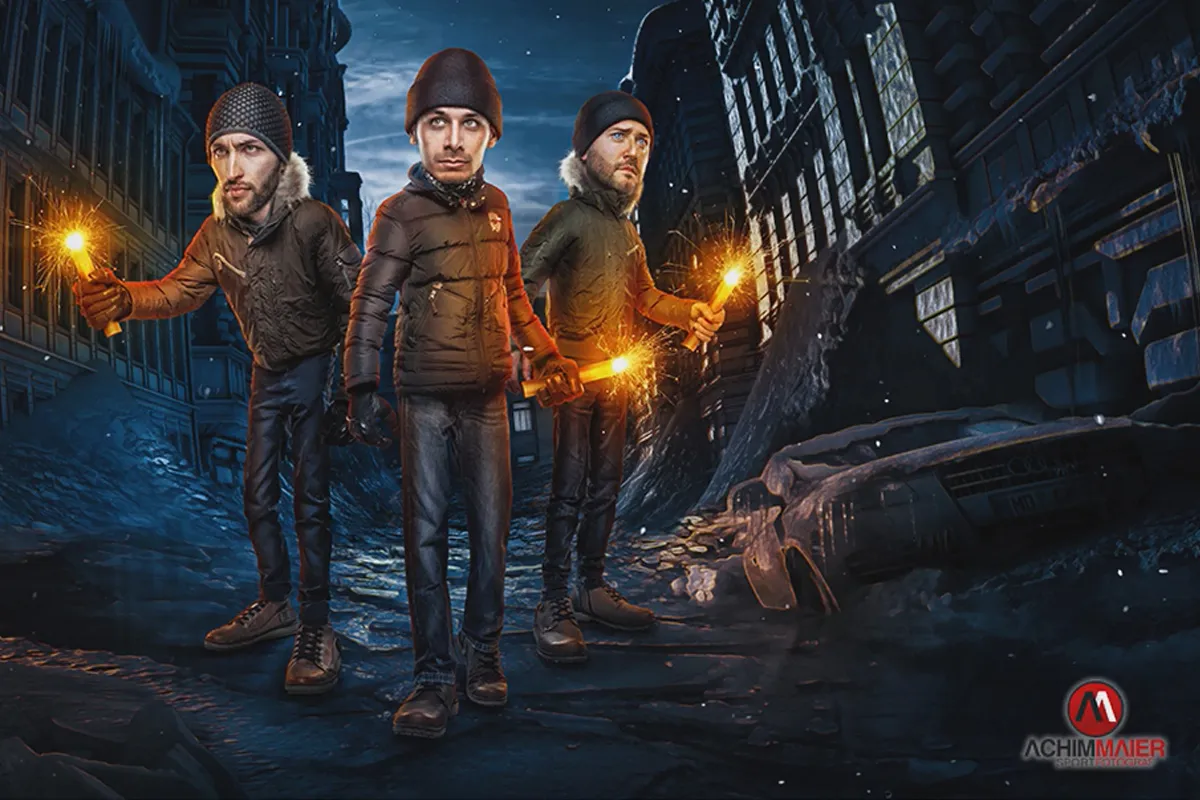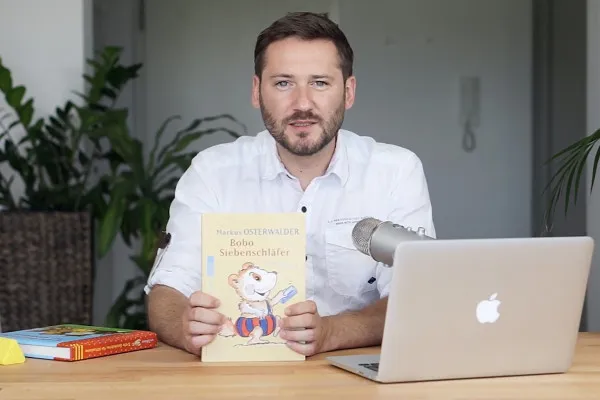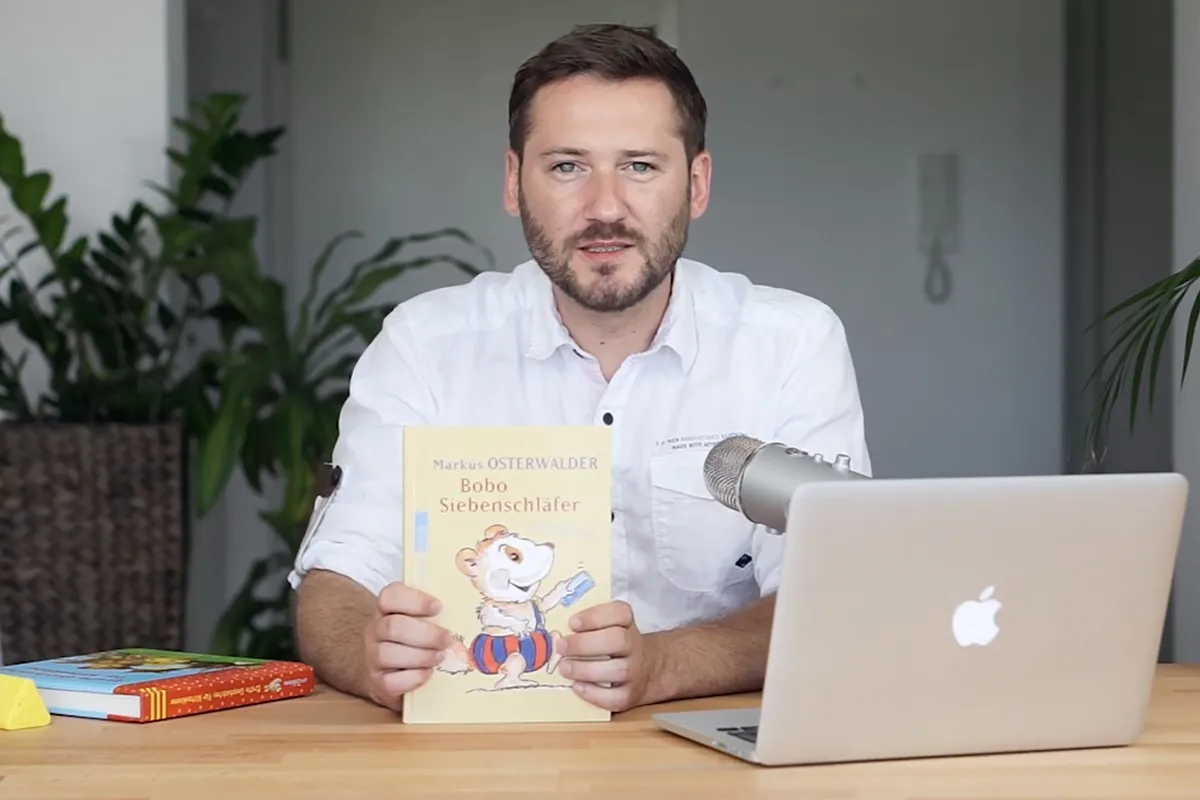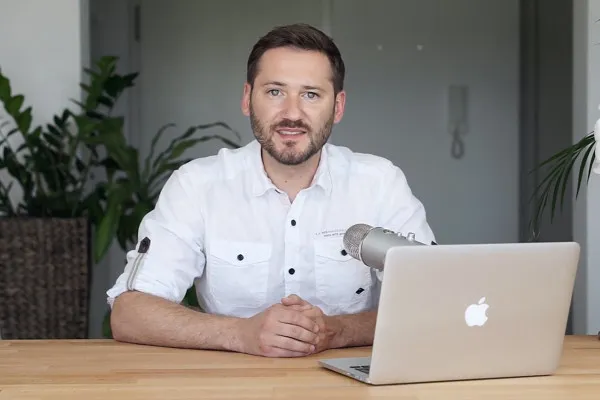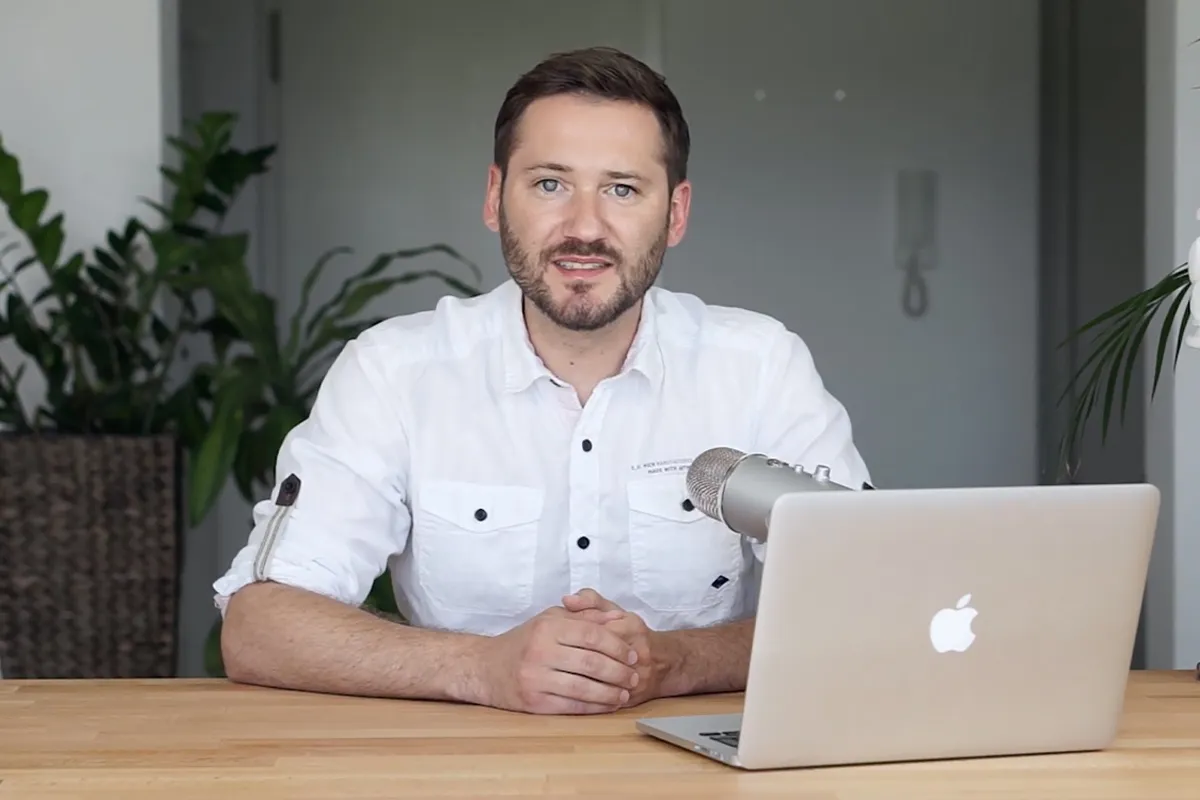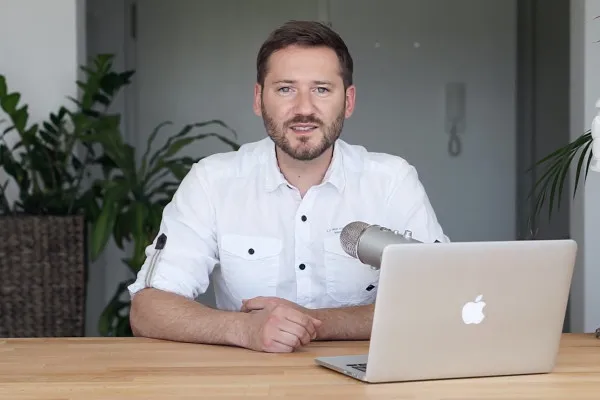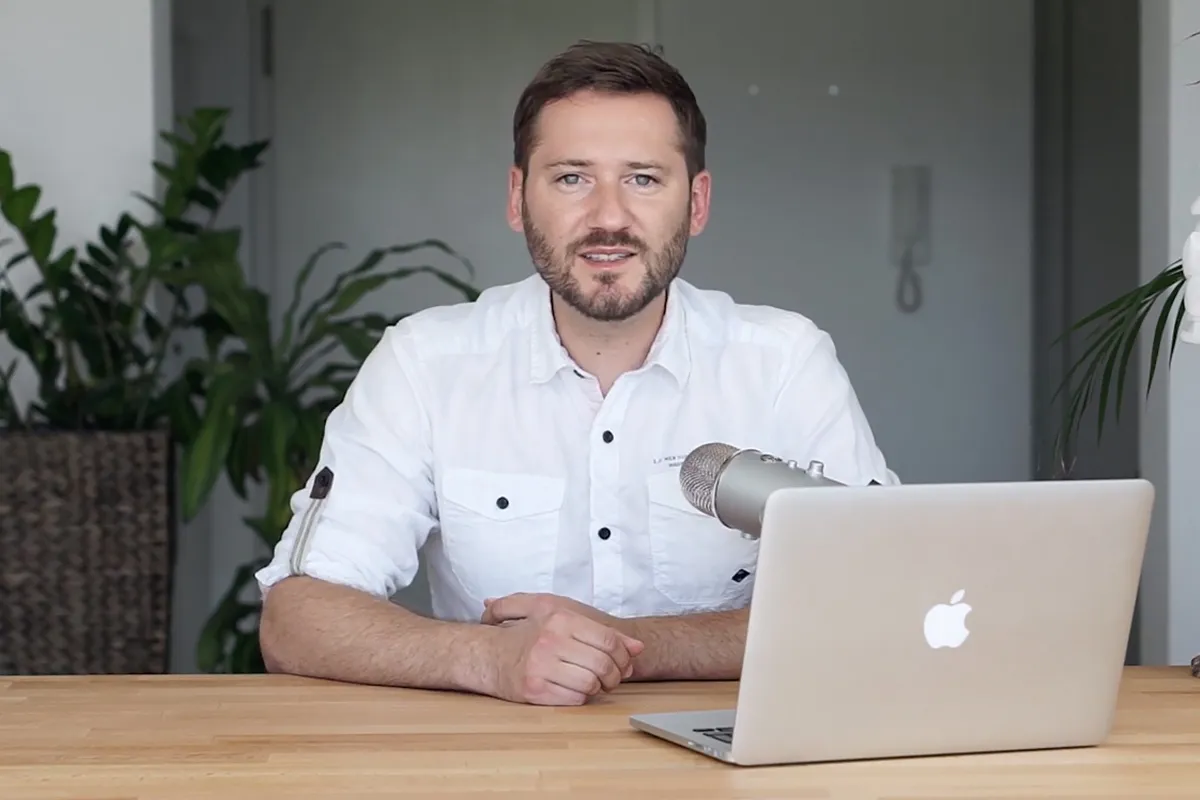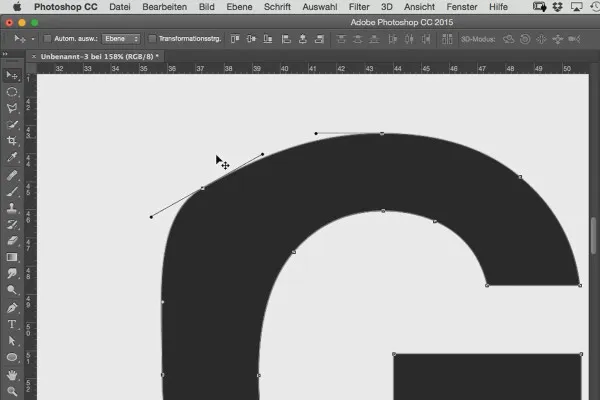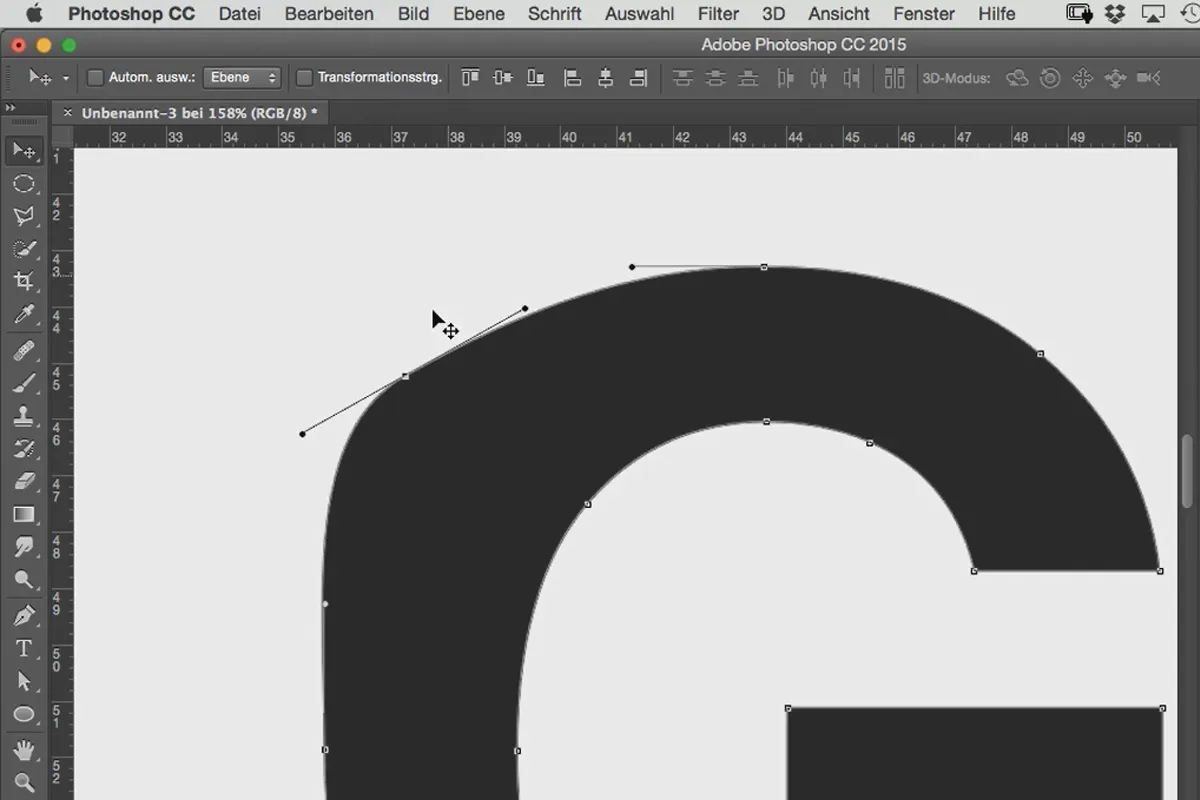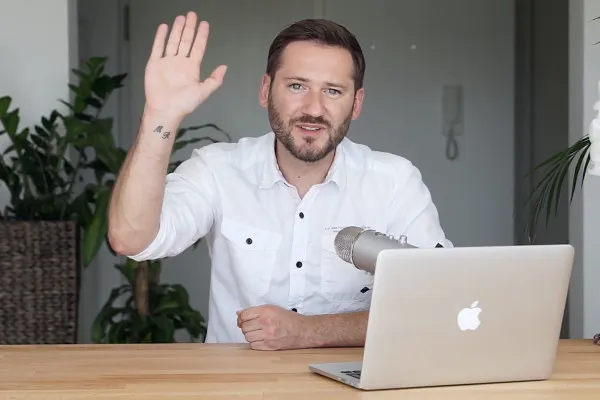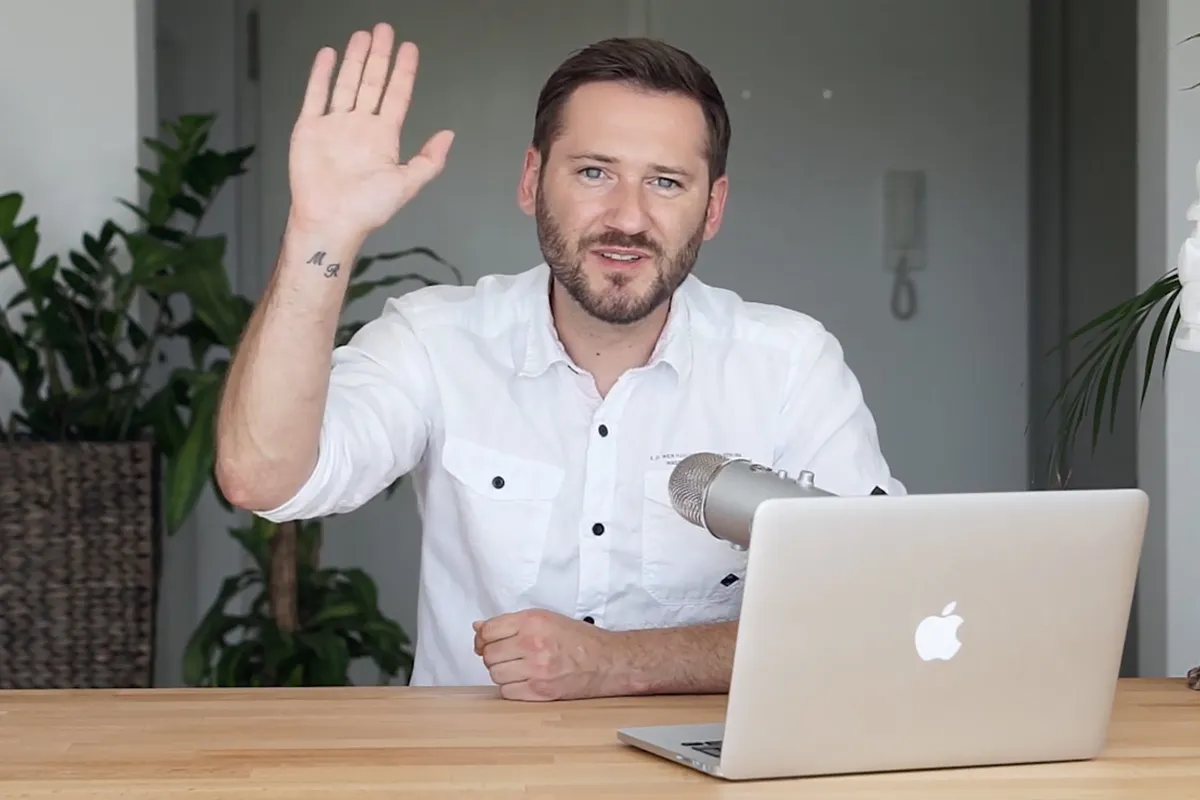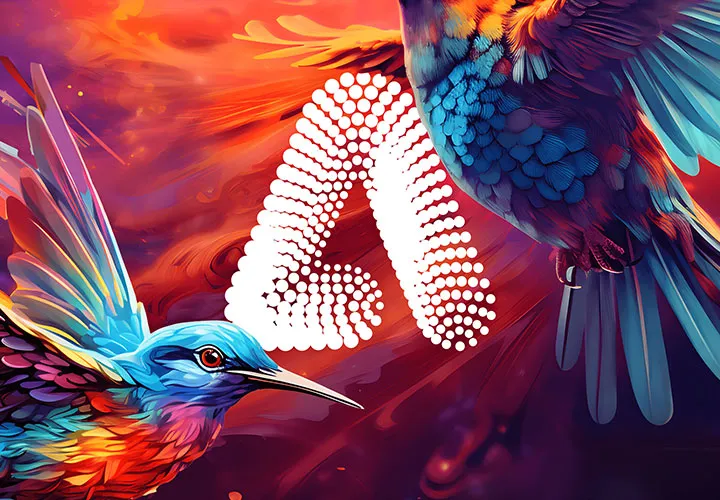
Logo development for photographers
Are you still tinkering or are you already creating? Logo design is not easy, nor does it have to become a complex science. That's why Gabor Richter gets to the heart of logo design for you in this video training: what really matters, how to evoke emotions with shape, color and font, what to avoid in order to stand out. Basics and clear messages from the mouth of a trained media designer with years of corporate design expertise.
- 14 lessons, 90 minutes of video training
- Focused on the essentials: Emotions, colors, shapes and fonts
- Direct the focus, pay attention to the size and also work without color
- By Gabor Richter, an experienced media designer with corporate design know-how
Logically to the logo! A video training course for anyone who wants to know what really counts.
- Usable with:
- content:
2 h Video training
- Licence: private and commercial Rights of use
Examples of use
-
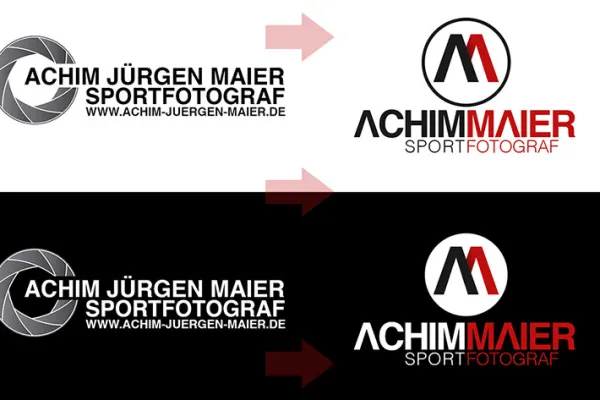 Open galleryWhat should your logo look like? Simply design it yourself!
Open galleryWhat should your logo look like? Simply design it yourself!
Intro to the video training
Develop logo for photographers
Details of the content
A lot of photographers run around the world and often have a logo that is not quite as useful. Some even have no logo at all. For anyone else who has a different profession or hobby (e.g. craftsman) and needs a logo, I would recommend having one made. Photographers, who usually already have a feeling for colors, lines and even knowledge of Photoshop anyway, I can recommend with a clear conscience to create one themselves. That's why there is this video training, which teaches you the most important basics so that you can let off steam creatively yourself.
Of course, there are also online providers who can create a logo at a reasonable price. In fact, they're not entirely bad. The only thing is: The graphic designers who are active online and create logos via the Internet don't know you as well as you do. If you already have the basic knowledge with this training, then you can collect a lot of important information yourself and then pass it on, for example: "Which name do I want to choose, which font suits me and which colors reflect me perfectly." Once you have this, the graphic designer can of course put a lot more of your personality into the logo.
Logo development for photographers - what you can expect in this training course:
- Why is it important to have a logo as a photographer or hobby photographer.
- What name should I choose? (pseudo name / stage name)
- How do I find a suitable name for myself? (Brainstorming, if you are alone)
- Do I opt for a word mark or a figurative mark?
- Which font suits my character?
- Where can I find free fonts if I don't want to buy one?
- Which color do I choose for myself and why do I choose this color?
- What do I have to consider when creating a colored logo?
- Why does my logo have to work in black and white?
- What do the shapes of a logo mean and what do they say about me?
- How do I create the right size so that the logo also works for all formats such as web or print?
- How do I convey in my logo what I offer as a photographic service?
- How do I have my logo assessed before it is published?
- What is a vector file and why do I need it?
Photoshop only plays a very small role in this video. In principle, you can also use InDesign or Illustrator for this. Much more important are the thoughts and approaches that are conveyed in this training. When Photoshop briefly comes into play, you should have some basic knowledge. If you know what a layer is, how a mask works and where the tools in Photoshop are located, then you are sure to have a lot of fun.
Other users are also interested
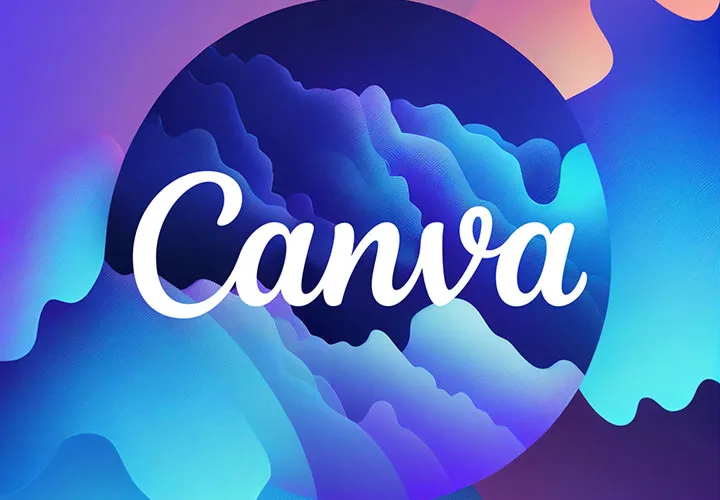
Create stunning designs in seconds
Save time with artificial intelligence

Master the vectors
Understand & apply effectively
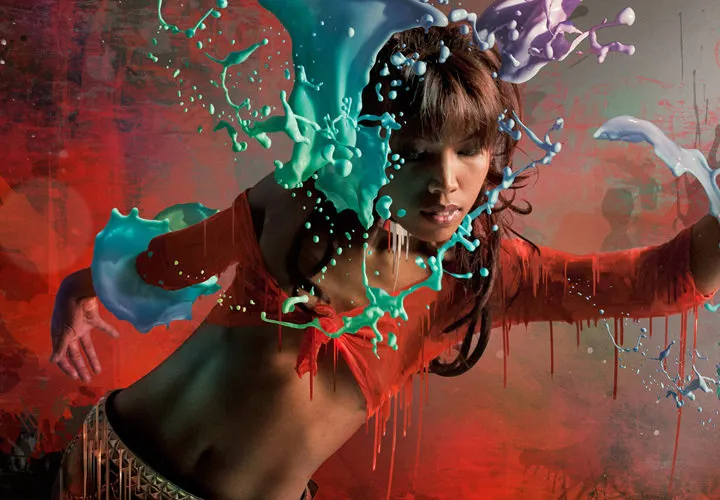
More style, more power, more templates!

Full power, more inspirations, maximum WOW effect!

Live your layout now!
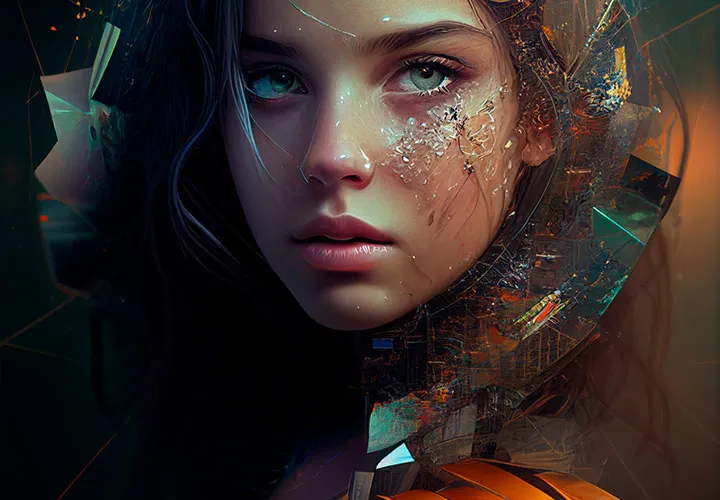
Artificial intelligence in practice




